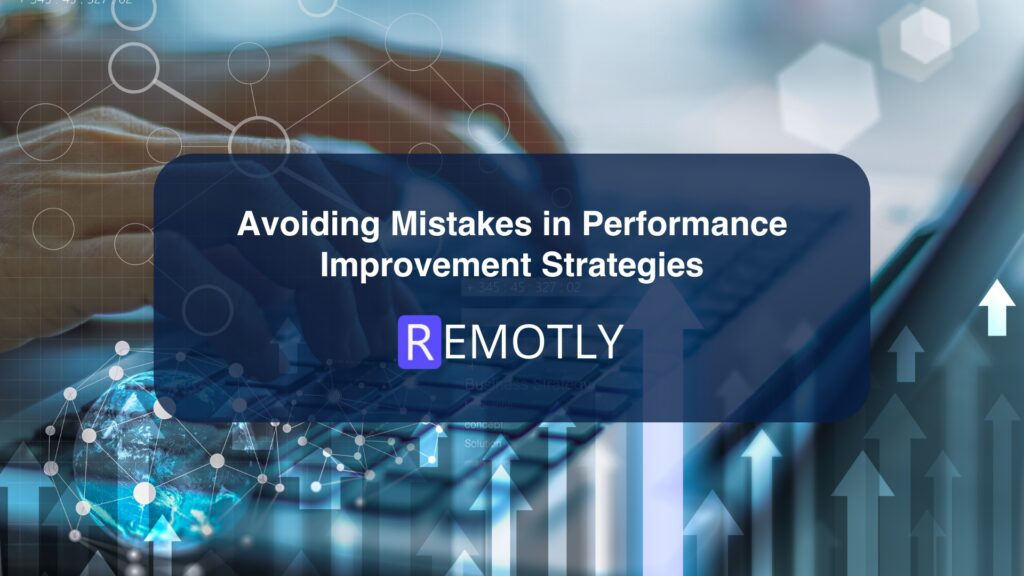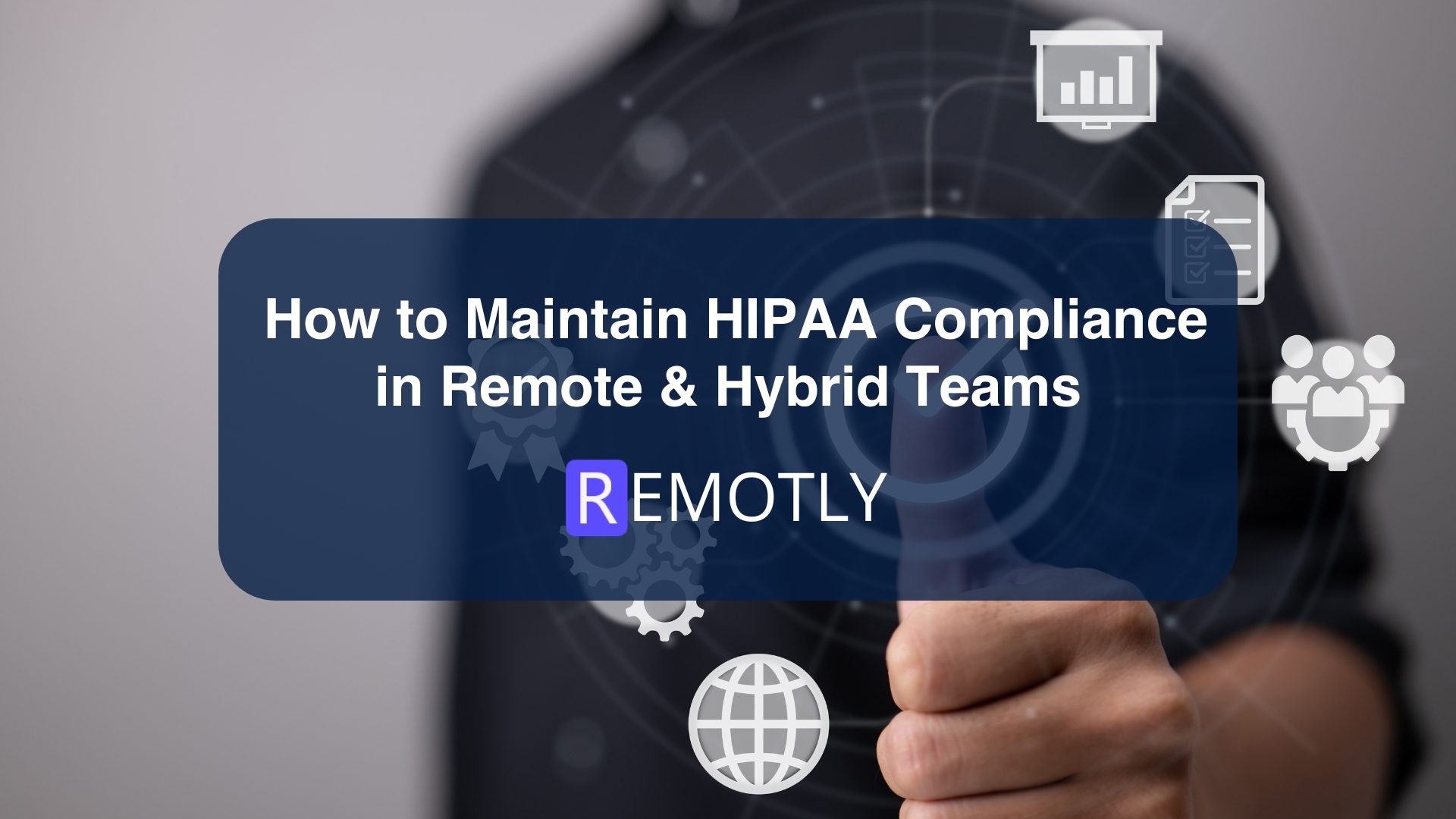Performance Improvement Plans (PIPs) are essential workplace tools that guide employees toward better performance. But what does a performance improvement plan mean in practical terms? Simply put, it is a structured employee improvement plan designed to align employee performance with organizational expectations.
While the purpose of a PIP is to support growth, many organizations struggle with their effectiveness. Common mistakes—such as unclear objectives, lack of communication, or treating PIPs as punitive—can undermine progress.
This guide explores the performance improvement plan process, common mistakes to avoid, and best practices to ensure PIPs are supportive rather than discouraging.
What Does a Performance Improvement Plan (PIP) Mean in HR?
A Performance Improvement Plan (PIP) is a structured document that clearly defines the areas where an employee must enhance their performance. In HR, the PIP process involves setting measurable, time-bound goals and supporting employees with resources to meet them.
Key elements of a PIP plan include:
- Specific goals tailored for performance improvement
- Timelines with defined durations for each goal
- Feedback through regular progress check-ins
- Support with training, mentorship, and resources
By implementing a PIP improvement plan correctly, organizations create a structured path to help employees succeed while achieving business objectives.
What Are the Key Benefits of a Performance Improvement Plan (PIP)?
So, what are the benefits of a Performance Improvement Plan? A well-executed PIP provides structured support for employees, helping them correct performance issues in a fair and transparent way.
Benefits include:
- Enhanced clarity of job expectations
- Improved skills in weak performance areas
- Higher motivation through structured support
- Better outcomes by aligning goals with business objectives
Understanding what PIP means in business ensures leaders use it not as punishment but as a tool for long-term employee and organizational success.
What Are the Most Common Mistakes in Performance Improvement Plans?
When PIPs fail, it is often due to preventable mistakes. Here are the most common pitfalls:
- Vague or unclear objectives – PIP goals must be specific, measurable, and aligned with company outcomes.
- Unrealistic Goals – Setting overly ambitious targets can lower employee motivation.
- Lack of communication and feedback – Without consistent feedback, employees feel lost in the process.
- Insufficient resources or support – Training, mentorship, and tools are crucial for success.
- Treating PIPs as punitive – A performance plan should be supportive, not disciplinary.
- Poor documentation – Every step of the performance improvement plan review should be recorded to ensure fairness and legal protection.
- Ignoring emotional impact – Employees on PIPs often experience stress; organizations must acknowledge this.
What Is the Performance Improvement Plan Process?
The performance improvement plan process typically follows these steps:
- Identify performance gaps
- Set SMART Goals – Create objectives that are Specific, Measurable, Achievable, Relevant, and Time-bound.
- Develop an action plan with necessary resources
- Schedule regular PIP meetings for reviews and feedback
- Document all steps, goals, and progress
This structured process ensures accountability while creating opportunities for real growth.
What Do PIP Goals Need to Be?
A frequent question is: What do PIP goals need to be to ensure success?
PIP improvement plan goals must be:
- Specific with clear expectations
- Measurable with trackable benchmarks
- Achievable with existing resources
- Relevant to company objectives
- Time-bound for regular review
Well-designed goals make the employee improvement plan transparent and effective.
How Long Is a Performance Improvement Plan?
How long is a performance improvement plan supposed to last?
Most PIPs last 30 to 90 days, with 60 days being the most common duration. This provides enough time for measurable progress while allowing for regular feedback.
Flexibility is key—managers should evaluate performance along the way and adjust timelines as necessary.
How to Conduct a Successful PIP Meeting
A PIP meeting is critical for setting the right tone. Best practices include:
- Explaining the purpose and goals clearly
- Outlining available support and resources
- Encouraging open discussion about challenges
- Summarizing goals, timelines, and next steps in writing
This ensures alignment between employee and employer from the start.
What Is the Role of HR and Managers in the PIP Process?
In the PIP process, both HR and managers play vital roles.
Their collaboration makes the performance improvement plan fair, supportive, and effective.
- Managers oversee daily execution and provide continuous feedback.
- HR ensures compliance, fairness, and consistency while guiding documentation.
What Does PIP Mean in Business from a Legal Perspective?
From a legal standpoint, what does PIP mean in business environments? It means organizations must ensure fairness, transparency, and consistency to avoid litigation risks.
Best practices for legal compliance include:
- Applying PIPs consistently
- Using objective performance measures
- Consulting legal experts when necessary
What Happens After a Performance Improvement Plan Ends?
At the end of the PIP improvement plan, HR and managers conduct a performance improvement plan review to assess outcomes.
This review should discuss:
- What worked well
- What challenges remain
- What additional support is needed
In some cases, employees may transition into a personal improvement plan to continue long-term development.
How Do Personal Improvement Plans Complement PIPs?
While PIPs focus on performance expectations, a personal improvement plan helps employees grow in areas like communication, leadership, or technical skills.
Together, these plans encourage:
- Self-assessment
- Ownership of professional growth
- Continuous learning and development
Conclusion: Building a Culture of Continuous Improvement
A Performance Improvement Plan is not just a corrective measure—it’s a strategy to foster a performance-driven workplace culture.
By understanding the PIP process, setting clear and achievable goals, and avoiding common mistakes, organizations can create supportive frameworks that encourage employee success and strengthen overall business outcomes.
FAQ’s
What Does a Performance Improvement Plan (PIP) Mean for Employees?
It is a structured plan designed to help employees align with job expectations while receiving support, feedback, and resources for improvement.
How long should a PIP last?
Most PIPs last 30–90 days, with 60 days being the standard duration.
Are PIPs considered punishment?
No. A PIP plan should be supportive, not punitive. Its goal is to guide employees toward success.
What do PIP goals need to be?
PIP goals should be specific, measurable, achievable, relevant, and time-bound (SMART).




